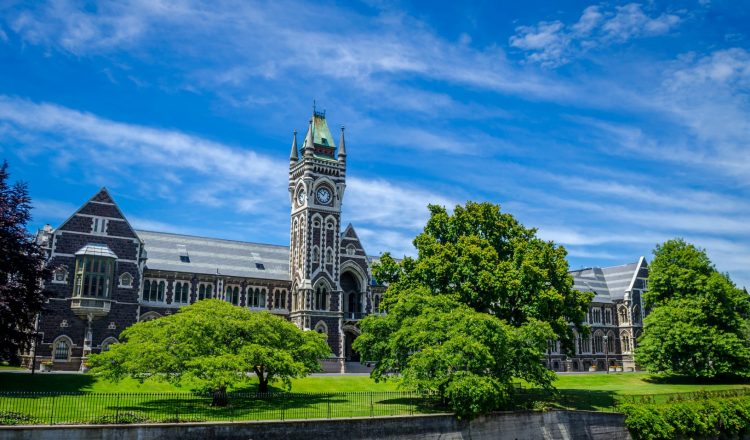子供をいつセカンダリースクールに入学させればいいのですか?
生徒はYear 8が修了した時点で、通常は13歳になってからセカンダリースクールに進みます(それ以下やそれ以上の年齢の生徒もいます)。
お子さんが地元公立のセカンダリースクールに進学する場合は、Year 8の間に入学させることができます。
私立やインテグレーテッドスクールへの進学を希望する場合は、入学手続きや時期について、事前に学校に確認してください。学校によってはキャンセル待ちが多く、何年も前から申請しないと入学できない場合もあります。
お住まいの地域以外のゾーニングされた学校にお子さんを通わせたい場合は、入学時期や申請方法について学校に確認してください。
ゾーニング(学区制)
ゾーニング(学区制)とは、
- 学校のエリア(ゾーン、学区)に住む子どもたちは、地元の学校への入学が保証されます。
- 学校に余分な席がある場合は、学区外に住む子どもたちはその席に申し込むことができます。
- 学校が学区制を採用している場合は、子どもの入学申請時にこの学区内の住所を伝える必要があります。これはあなたの通常の居住地でなければなりません。虚偽の情報を提供したことが判明した場合、学校は子どもの入学を取り消すことができます。
すべての学校に学区があるわけではありません。
校に指定学区があるかどうか、自分がその学区内に住んでいるかどうかを確認するには、ウェブサイト[Education Counts]の学校検索ツールで、学校名または住所を入力して検索します。すると、その学校や住所に設定されている指定学区を確認することができます。
子どもを学校に入学させたいのですが、その学校の学区に入っていない場合はどうすればいいですか?
毎年、学校は地元の新聞に以下のような通知を掲載することが義務付けられています。
- 学区外の入学枠にどれだけ空きがあるか
- 学区外の入学許可証の申請締切日
- 学区外の入学許可証の抽選日
しかし、いつでも学校に連絡して学区制について尋ねることができ、重要な日付が記載された入学書類一式を送ってもらうことができます。
応募方法はどのようになっていますか?
応募は以下の順番で受け付けられています。
- その学校が実施している特別プログラムへの入学が認められた方を第一優先とします。
- 2番目に優先されるのは、在校生の兄弟である応募者です。
- 3番目に優先されるのは、元生徒の兄弟姉妹である応募者です。
- 4番目の優先されるのは、元生徒の子どもである応募者です。
- 学校理事会の職員の子どもか、学校理事会のメンバーの子どもである応募者が5番目に優先されます。
- 6番目の優先権は、他のすべての応募者に与えられなければなりません。
申し込みが定員を下回った場合は、すべての応募者が入学します。応募者数が定員を上回った場合、学校は抽選を行います。抽選が行われてから3日以内に、学校は応募者に抽選の結果を知らせる手紙を出さなければなりません。
その後、合格者は14日以内に入学許可を受けるか否かを確認します。その後、合格者は14日以内に入学許可を受けるか否かを確認します。その期間内に返信がない場合は、抽選で決まったウェイティングリストの最初の人に席が提供されます。
子どもを入学させるにはどうすればいいですか?
学校から入学用紙と説明書を入手してください。学校のウェブサイトを見るか、電話でフォームや情報を問い合わせてください。
最初の学期が始まる前に、お子さんと一緒に学校を訪れるようにしましょう。そうすることで、学校に慣れることができ、行き帰りの道のりにも慣れます。セカンダリースクールで新入生のためのオリエンテーションが行われている場合には、お子さんに行くように勧め、入学前に先生や他の生徒に会うことができるようにします。
入学時に必要なものは?
ほとんどの学校では、新入生が持ってくるべき文房具などのリストが用意されています。リストがない場合は、学校に持ってきてほしいものを確認してください。
ほとんどのセカンダリースクールでは制服が義務付けられており、多くの学校では体育(PE)着も制服に含まれています。制服の費用が気になる場合は、学校に確認してみてください。保護者グループが中古の制服を販売していることもあります。
良いスタートを切り、ストレスを軽減するために、お子さんの初日にはすべての準備をしておきましょう。
朝食と昼食も忘れずに。栄養価の高い食事は、子どもたちの学習意欲を高め、注意力と健康を維持するのに役立ちます。

















































